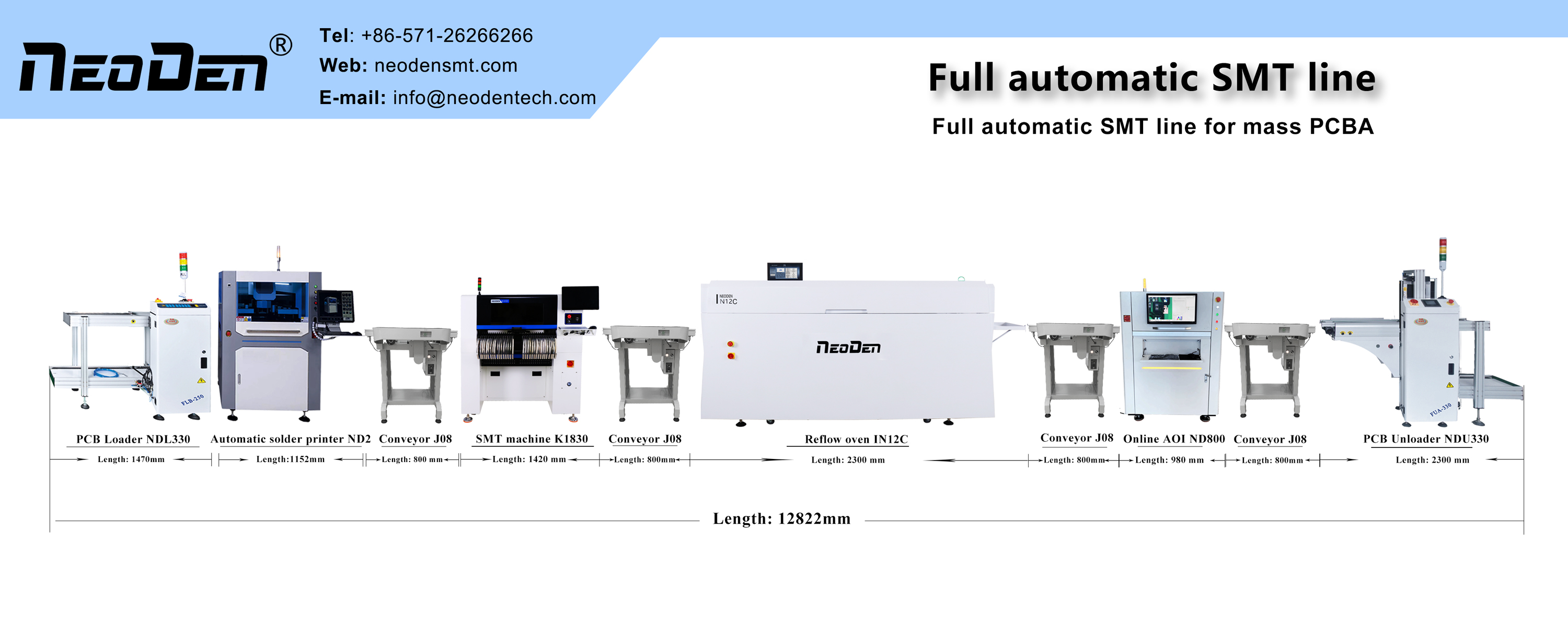SMT is one of the basic components of electronic components, called outside assembly techniques, divided into no pin or short lead, is through the process of reflow soldering or dip soldering to welding assembly of circuit assembly techniques, is also now the most popular in the electronic assembly industry a technique. Through the process of SMT technology to mount more smaller and lighter components, so that the circuit board to complete the high perimeter, miniaturization requirements, which is also on the SMT processing skills request higher.
I. SMT processing solder paste necessary to pay attention
1. Constant temperature: initiative in the refrigerator storage temperature of 5 ℃ -10 ℃, please do not go below 0 ℃.
2. Out of storage: must comply with the guidelines of the first generation first out, do not form the solder paste in the freezer storage time is too long.
3. Freezing: Freeze the solder paste naturally for at least 4 hours after taking it out of the freezer, do not close the cap when freezing.
4. Situation: The workshop temperature is 25±2℃ and the relative humidity is 45%-65%RH.
5. Used old solder paste: After opening the lid of the solder paste initiative within 12 hours to use up, if you need to retain, please use a clean empty bottle to fill, and then sealed back into the freezer to retain.
6. on the amount of paste on the stencil: the first time on the amount of solder paste on the stencil, in order to print the rotation do not cross the scraper height of 1/2 as good, do diligent inspection, diligent addition of times to add less amount.
II. SMT chip processing printing work necessary to pay attention
1. scraper: scraper material is best to adopt steel scraper, conducive to printing on the PAD solder paste molding and stripping film.
Scraper angle: manual printing for 45-60 degrees; mechanical printing for 60 degrees.
Printing speed: manual 30-45mm/min; mechanical 40mm-80mm/min.
Printing conditions: temperature at 23±3℃, relative humidity 45%-65%RH.
2. Stencil: The stencil opening is based on the thickness of the stencil and the shape and proportion of the opening according to the request of the product.
3. QFP/CHIP: the middle spacing is less than 0.5mm and 0402 CHIP need to be opened with laser.
Test stencil: to stop the stencil tension test once a week, the tension value is requested to be above 35N/cm.
Cleaning the stencil: When printing 5-10 PCBs continuously, wipe the stencil once with dust-free wiping paper. No rags should be used.
4. Cleaning agent: IPA
Solvent: The best way to clean the stencil is to use IPA and alcohol solvents, do not use solvents containing chlorine, because it will damage the composition of the solder paste and affect the quality.
Post time: Jul-05-2023

